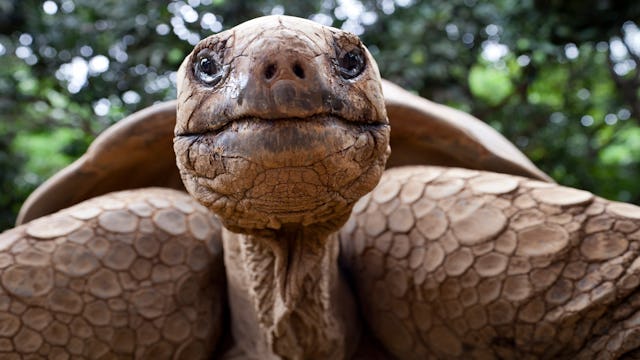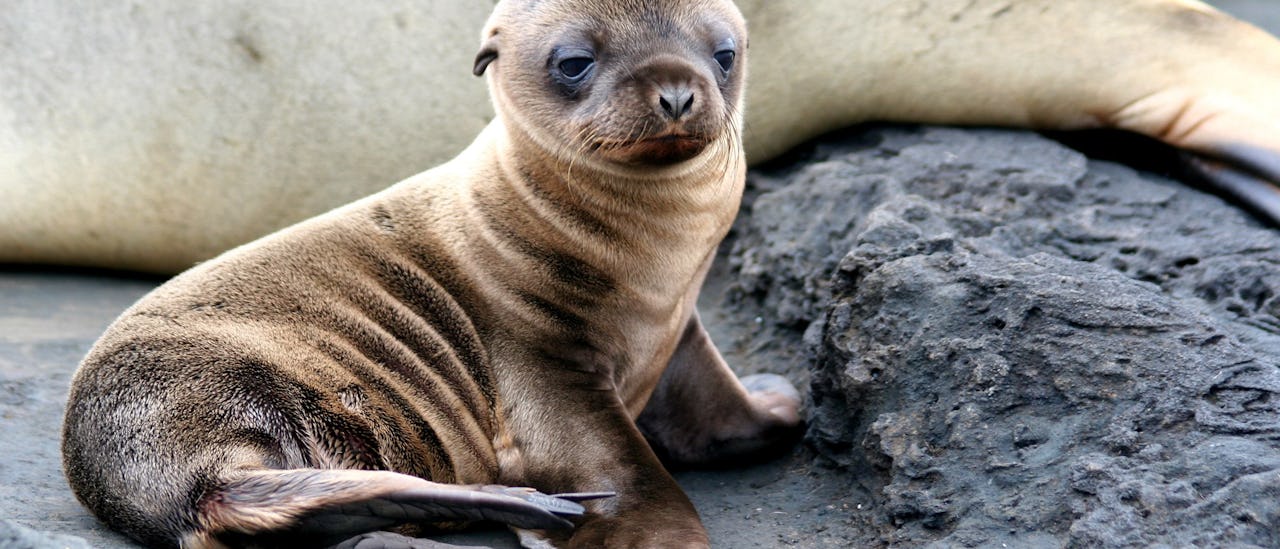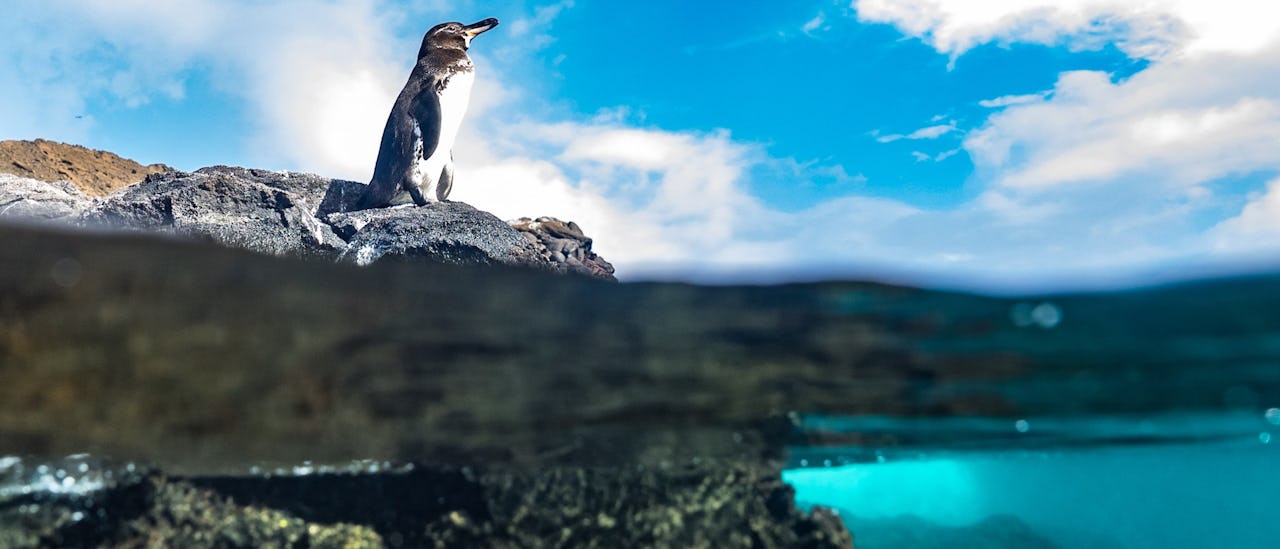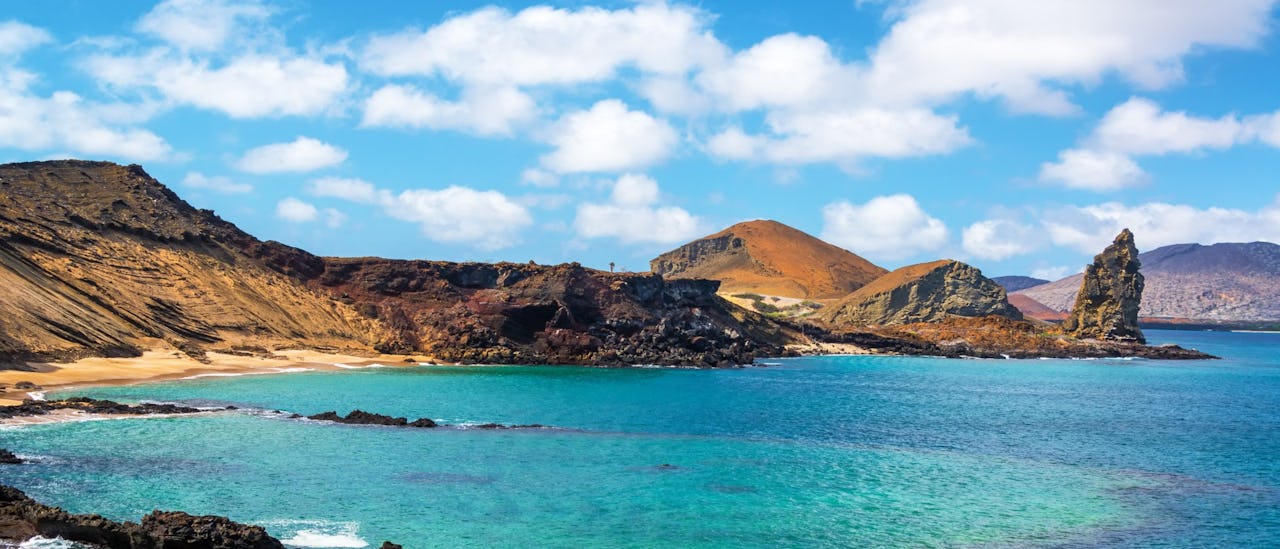Where are the Galapagos Islands?
The Galapagos Islands are an archipelago of 19 volcanic islands and numerous islets, located in the Pacific Ocean, approximately 600 miles off the coast of Ecuador.

Officially part of Ecuador, these islands are famed for their unique wildlife, striking landscapes, and their role in inspiring Charles Darwin's groundbreaking theory of natural selection. Spanning an area of around 17,000 square miles, the islands are characterized by varied terrain, including rocky shores, beautiful beaches, lush highlands, and barren lava fields. The Galapagos Islands are a UNESCO World Heritage Site and a major ecotourism destination, where visitors can closely observe diverse species such as the giant tortoises, marine iguanas, and various bird species, many of which are found nowhere else on Earth.
The Galapagos Islands are an archipelago of 19 volcanic islands and numerous islets, located in the Pacific Ocean, approximately 600 miles off the coast of Ecuador.

As you embark on your journey to explore these volcanic islands, you will have the unique opportunity to observe a wide variety of endemic species up-close in their natural habitats. From giant tortoises and marine iguanas to blue-footed boobies and Darwin's finches, the islands are a treasure trove of biodiversity.
Throughout your visit, you will not only relive Charles Darwin's groundbreaking discoveries that led to the formulation of the theory of natural selection but also understand the importance of conservation efforts that protect the delicate ecosystems.

The islands' isolation and varied habitats have led to the evolution of a wide range of unique species. Prepare to come face-to-face with the iconic giant tortoises and playful seals, delight in the sight of playful marine iguanas basking on the rocks, or marvel at the distinctive blue-footed boobies conducting their quirky mating dances. Maybe you'll catch a glimpse of the rare flightless cormorant, or become fascinated with the endemic Darwin's finches, key to the scientist's revolutionary theory of natural selection.

This archipelago plays host to a remarkable array of flora and fauna, evolved in splendid isolation and shaped by the diverse range of habitats found across the islands. A visit to the Galapagos Islands allows you to experience and appreciate the incredibly intricate web of life in an ecosystem that has evolved in isolation over millennia. Discover the unique creatures and breathtaking beauty of this living laboratory of biodiversity, a treasure trove of life waiting to be explored by nature lovers and adventurers alike.

From the impressive Pinnacle Rock on Bartolomé Island to the stunning volcanic caldera of Sierra Negra, each geological marvel tells a tale of Earth's fiery past. Lava tunnels offer intriguing insights into the region's volcanic history. Underneath the turquoise waters lies an equally mesmerising world of vibrant coral reefs filled with diverse marine life -an exquisite underwater panorama for snorkelers and divers. The Galapagos Islands, with its spectacular landscapes, promise every visitor - be it an intrepid explorer or a nature lover—an unforgettable experience of nature's awe-inspiring grandeur.